Introduction
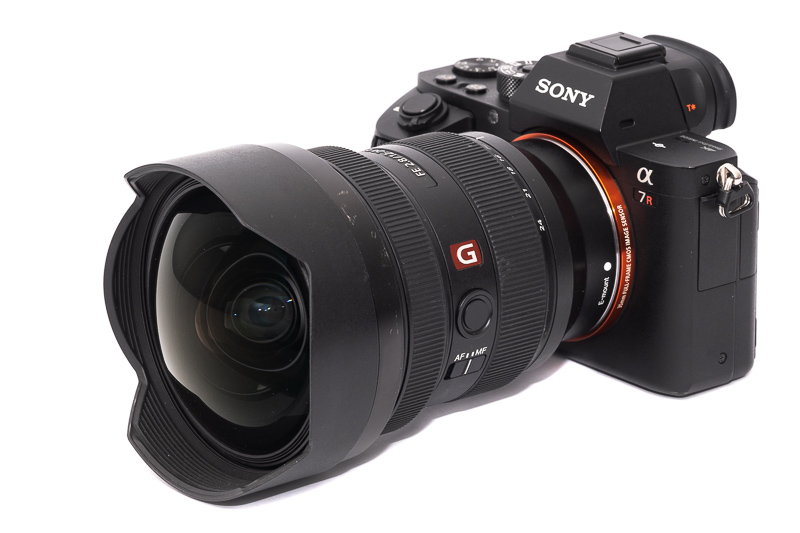
I always had the feeling the Sony FE 12-24mm 2.8 GM has been flying under the radar a bit, which is surprising, because it might be the most spectacular ultra wide angle lens any manufacturer has ever built, but let me tell you in this review why I think so.
Sample Images


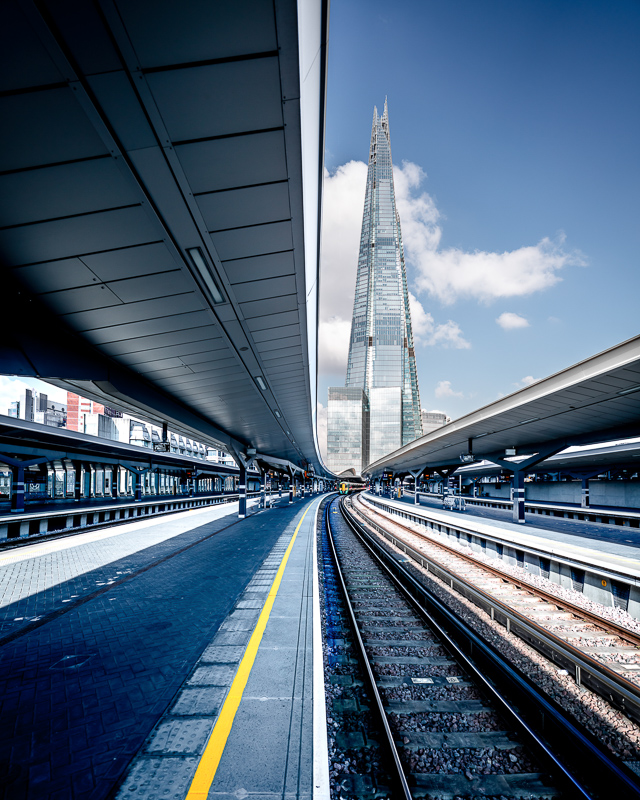

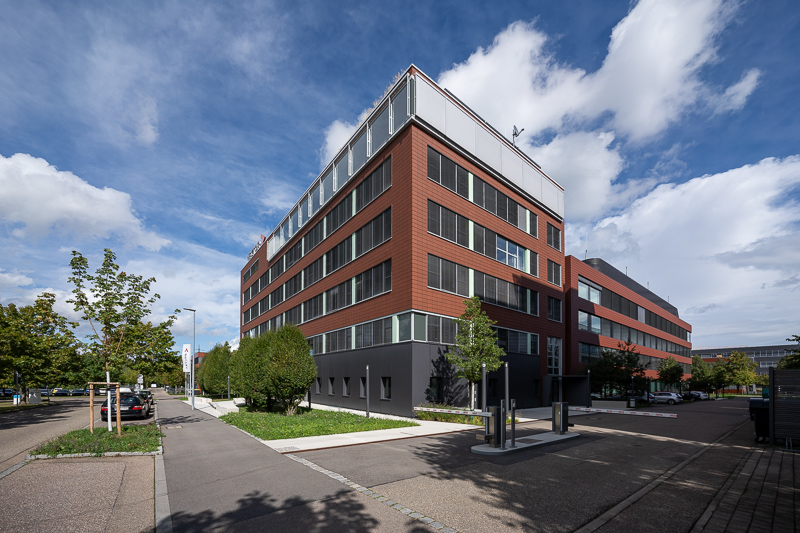


Many of the sample images in this review can be found in full resolution here.
Contents
Disclosure
The Sony FE 12-24mm 2.8 GM was kindly provided free of charge by our reader Lars (check out some of his pictures on Instagram) for review purposes, thanks a lot!
I also added some of his pictures to the sample sections, so you have a wider variety of samples.
Specifications
In the earlier days of the FE system Sony released the Sony FE 12-24mm 4.0 G lens, but this is a review of the newer/faster Sony FE 12-24mm 2.8 GM that has the following specifications:
-
- Diameter: 98 mm
- Field of view: 84° to 122° (diagonally)
- Length: 137 mm
- Weight: 847g (without caps)
- Filter Diameter: rear gel holder
- Number of Aperture Blades: 9 (rounded)
- Elements/Groups: 17/14
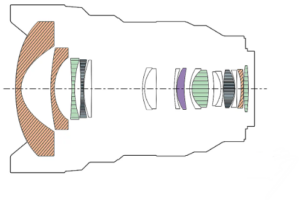
- Close Focusing Distance: 0.28 m
- Maximum Magnification: 1:6.7 (at 24mm) 1:12 (at 12mm)
- Mount: Sony-E
buy from Amazon.com | Amazon.de | B&H | ebay (affiliate links) for $2998
Focal Lengths
Handling / Build Quality

Generally the Sony FE 12-24mm 2.8 GM handles and feels very similar to the GM primes (like the 14mm 1.8 GM, 24mm 1.4 GM or 35mm 1.4 GM) as we are getting an AF-MF switch, focus hold button and linear manual focus.
There is one notable difference though: there is no aperture ring (and I did miss it sometimes).
The rubberized focus ring has decent damping and it takes 180° from the minimum focus distance (0.28 m) to infinity – no matter how fast you turn it, as the coupling is linear.
When you turn your camera off, the lens will remember the last focus position and will still be there when you turn the camera on again.
The zoom is mechanically coupled and despite a lot of glass being moved I did not notice any zoom creep.
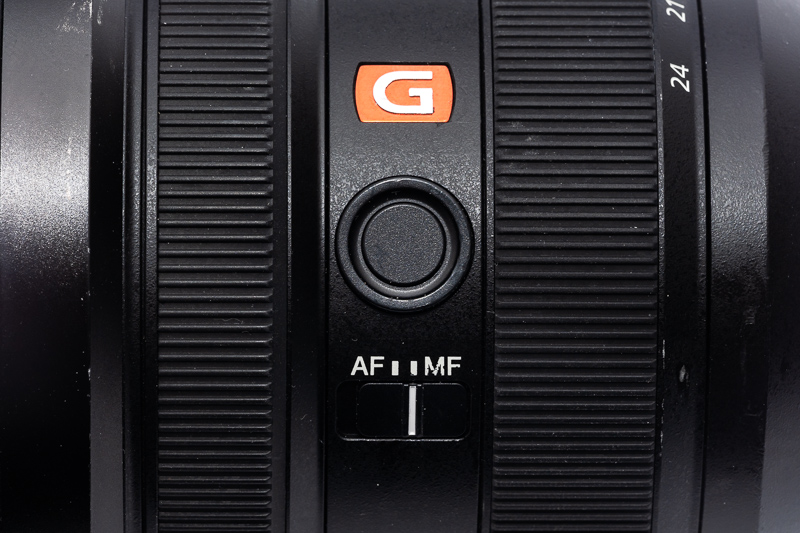
On the left side of the lens there is a programmable button and an AF-MF switch.
The outer casing seems to be mainly made from a high quality polycarbonate, but there are also some “exposed” metal parts here (situated directly behind the non-removable sun shade), something not present on the GM primes. All markings are engraved and filled with paint.
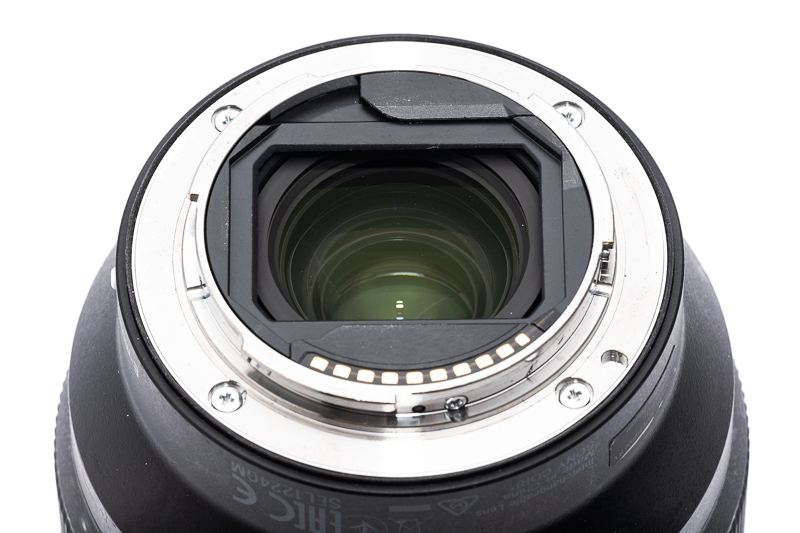
With its bulbous front element the Sony FE 12-24mm 2.8 GM does not feature a normal filter thread but a rear gel holder instead. The amount of filters that make sense in a rear holder is limited and using these in the field is a fiddly endeavour. There are third party 150mm front holders as well as non-gel rear holders available.
This lens’ owner told me he bought the Haida rear filter holder, but installing it isn’t really straightforwarded so he ended up not using it.
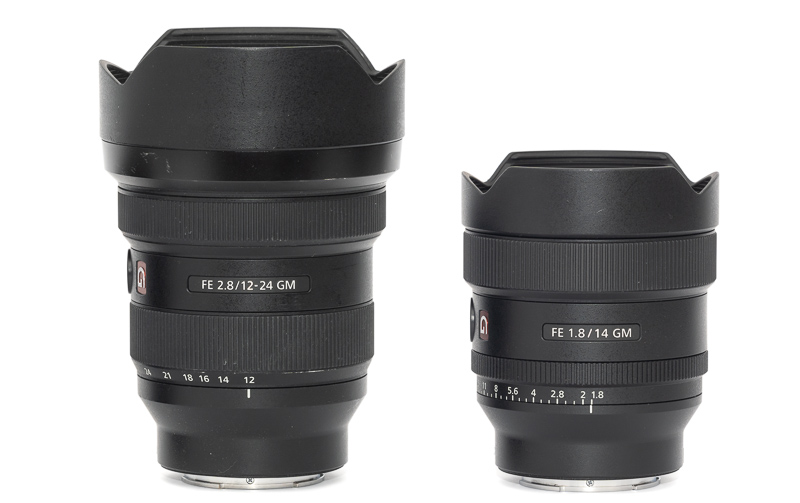
The Sony FE 14mm 1.8 GM looks pretty cute next to this big zoom lens.
AF performance
I am not shooting sports or fast moving animals/humans so if you want to know if the lens is fast enough for this or how it compares to other lenses in this segment you may have to look for a different review with a more detailed assessment of this aspect.
In everyday use I found the AF to be very fast, perfectly usable and also completely silent.
Vignetting
light falloff
| 12mm | 18mm | 24mm | |
|---|---|---|---|
| f/2.8 | 2.4 | 1.7 | 1.7 |
| f/4.0 | 2.0 | 1.2 | 0.8 |
| f/5.6 | 1.6 | 1.0 | 0.8 |
| f/8.0 | 1.4 | 1.0 | 0.8 |
| f/11 | 1.3 | 1.0 | 0.8 |
The performance in this category is very much in line with my expectations: strong but not massive vignetting at the 12mm end and very well behaved at the longer focal lengths.
It is recommended to have a look at this article first to get an idea how this brightness graph works.
color cast
Contrary to many of the other lenses this wide (e.g. Laowa 12-24mm 5.6, Samyang 10mm 3.5 XP) color cast is not really an issue here. I did not feel the need to correct this is any of the pictures you see here, the same cannot be said about the other lenses mentioned.
Sharpness
infinity (42mp Sony A7rII)
Let’s keep in mind we are dealing with a zoom lens here and on top of that one of the most exotic ones with unique parameters.
But regardless of that, contrast and resolution are really astonishing (I don’t use that word often in this category). The images come out so crisp, something usually only found in the best prime lenses.
If I were to look for flaws: at 12mm and 18mm the corners may benefit from stopping down to f/4.0. That’s it.
This zoom lens is not parfocal though, if you change the focal length you should also adjust the focus setting.
close (0.28 m)
12mm
100% crops from center, A7rII
24mm
100% crops from center, A7rII
The minimum focus distance is achieved throughout the whole focal length range, which leads to the highest magnification (1:6.7) being available at the 24mm end.
According to Sony’s information this lens makes use of two focus groups that are obviously being used for a close range correction, as also at these distances the performance is really good across most of the frame.
The field is not perfectly flat at the 12mm end at these distances (unlike the Viltrox 16mm 1.8 AF), but then I still don’t know what application would demand that, so just for your information.
Distortion
Sony A7III | Sony FE 12-24mm 2.8 GM
At 12mm we see noticeably wavy barrel distortion which will be rather obvious when taking architecture pictures with many straight lines running through the frame.
At around 16 to 18mm the distortion is minimal and then turns into a strong pinushion distortion towards the 24mm end.
Like most of Sony’s modern zoom lenses also this one is obviously meant to be used with digital distortion corrections – which do a pretty good job as can be seen above.
Now I am aware some people still frown upon such digital corrections, but rest assured: if Sony decided to also correct this with the optical design, the lens would be at least one magnitude bigger and more expensive.
Flare resistance
As always evaluating flare is a complex matter since you can get any lens to look bad if you push it hard enough and a slight change of scenario can affect results a lot. With a zoom lens there are even more variables, as the performance can change a lot with the focal length.
In the past lenses with such a bulbous front element, especially zoom lenses, they rarely fared well in this category. To only name one example: Sony’s FE 12-24mm 4.0 G is plagued by hideous ring flares with a point light source close to the center of the frame. And don’t get me started on older ultra wide angle zooms.
But then I had a look at the Sony FE 14mm 1.8 GM and it was a pleasant surprise – despite its huge front element. And as it turns out this Sony FE 12-24mm 2.8 GM is even more of a surprise.
What you see above is a staged extreme scenario and here I managed to create a line of small ghosts.
In the field I took hundreds of pictures with this lens though and the worst thing I have to show you is this tiny rainbow artefact in the lower right corner:
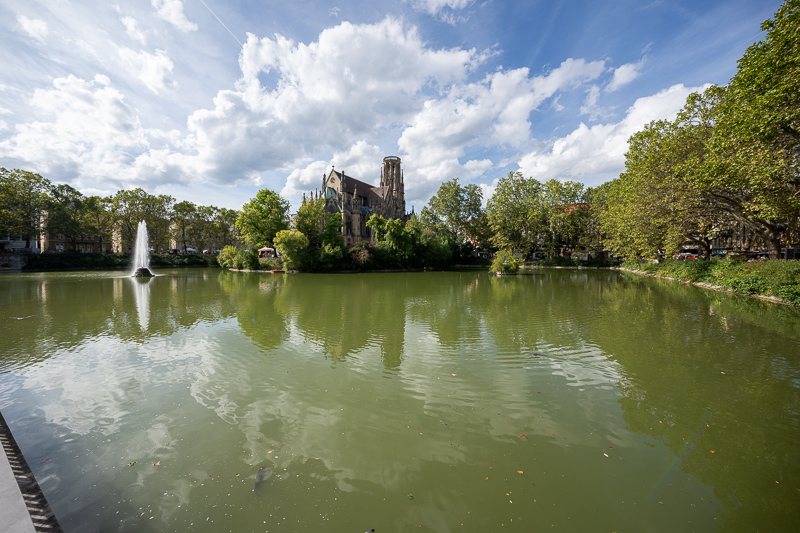
You should pay some attention to the front element though, if there are bigger dust particles on it, they may show up as small reflections in your pictures.
Bokeh

This isn’t really a main application for a lens like this in my opinion, that being said this lens does allow for a bit of subject separation at the 24mm end.

Sony’s marketing material says how this lens has the beautiful G-Master bokeh, but this is obviously not a Sony FE 50mm 1.2 GM or 85mm 1.4 GM, after all: how could it be? This is a 12-24mm lens with a maximum aperture of f/2.8.

Coma
12mm
To get a better idea how this lens works for landscape astrophotography I also took pictures with a bright star close to the extreme corner:
24mm
A maximum aperture of f/2.8 at 12mm makes this a very interesting lens for landscape astrophotography and the really good coma correction is definitely up to this task as well. The performance here is way ahead of the Laowa 12mm 2.8
Sunstars
12mm
24mm
Unlike most of the other GM primes with 11 aperture blades but similar to the Sony FE 14mm 1.8 GM also this lens is only using 9 aperture blades. The alignment of the blades is pretty good though and we see nice sunstars from f/5.6 to f/16, very similar to those we have seen from the Sony FE 14mm 1.8 GM as well as Sony FE 20mm 1.8G.
If you want to know more about sunstars have a look at this article.
Chromatic Aberrations
lateral
The Sony FE 12-24mm 2.8 GM features a built-in lens correction profile for lateral CA that will also be recognized in most raw converters, so in the end: you won’t see any.
Beause the two focus groups are moving around freely as soon as the lens is without power it also isn’t easily possible to take a shot with the lens slightly detached to check for the uncorrected amount of lateral CA.
longitudinal
Because of the parameters bokeh fringing isn’t really something to worry about and also purple fringing hardly exists. This is a 100% crop of a shiny metal piece directly hit by sunlight and there is barely any outlining visible:
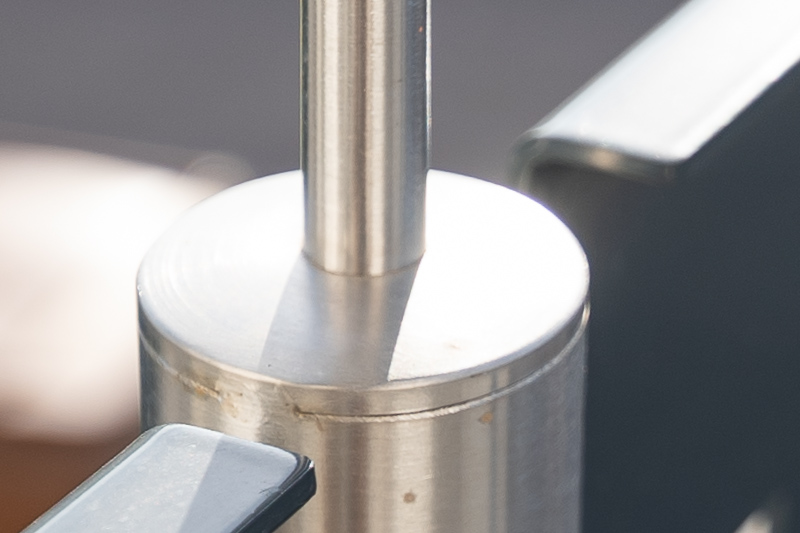
Maybe you think the light source wasn’t strong enough here, so let’s have a look at this sample as well:

Conclusion
good
|
average
|
not good
|
The Sony FE 12-24mm 2.8 GM may be the best and most useful halo lens I ever got the chance to use. It is huge and heavy, it is very expensive, not many people actually need it, but there is also nothing else quite like it. So if you are among those who actually need it, you will be very happy with it.
Not only in terms of casing design it reminds me a lot of the Nikon AF-S 14-24mm 2.8G. When that lens first came out it was faster and wider than any of the other zoom lenses available at that time and it had amazing image quality, especially at the wide end, putting all the 14mm prime lenses of its era to shame. Here the situation is very similar, despite the wide end now being an even more astonishing 12mm instead of 14mm.
That was a lot of praise, but this is definitely not a lens for everyone – and not only because of its three grand price tag – but because it is a huge, bulky lens which isn’t a lot of fun to carry around. And there is a bit of an elephant in the room we also need to address: the stand out feature is the combination of the 12mm focal length and the f/2.8 maximum aperture, but there aren’t that many applications I can think of where this is actually needed while at the same time you are going to pay a high price for that.
Don’t get me wrong, this is the most impressive ultra wide angle zoom I have ever used. In my opinion this is even the most impressive ultra wide angle zoom ever made to this day. But just like the exotic 400mm 2.8 tele lenses, this is not a lens for the masses. And as is also the case for those tele lenses: this may only further add to its appeal.
buy from Amazon.com | Amazon.de | B&H | ebay (affiliate links) for $2998
Alternatives
As usual, I will only talk about the most obvious alternatives here. You can find many more ultra wide angle options in our 9-18mm Ultra Wide Angle Guide.
Sony FE 12-24mm 4.0 G:
This one stop slower Sony lens is also known to be a very sharp lens, seems to have more issues with flare resistance though. On the used market you can find these at very attractive prices around ~$1000.
buy from amazon.de | buy from amazon.com | B&H (affiliate links) for $1773
Sigma 14-24mm 2.8 Art DG DN:
This Sigma lens is a great choice if you don’t necessarily need a zoom starting at 12mm or you are simply looking for a more affordable f/2.8 zoom. From every test I have seen this lens is also amazingly sharp, has great flare resistance and low coma, so the main differences are really 12mm vs 14mm and 1.3 k vs 3 k.
buy from amazon.com | amazon.de | B&H | ebay.com (affiliate links) for $1299
Sony FE 14mm 1.8 GM + Sony FE 24mm 1.4 GM:
These two lenses together cost the same as the Sony FE 12-24mm 2.8 GM and combined they are not a lot heavier. If I was heavily invested in astrophotography I would strongly consider this option.
buy the 14mm from amazon.com | amazon.de | B&H | ebay (affiliate links) for $1598
buy the 24mm from amazon.com | amazon.de | B&H | ebay.com | ebay.de (affiliate links) for $1398
Further Sample Images
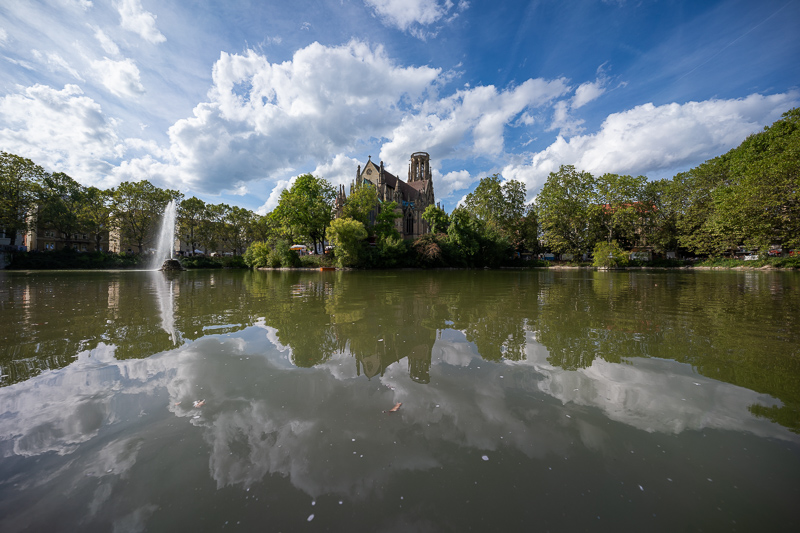
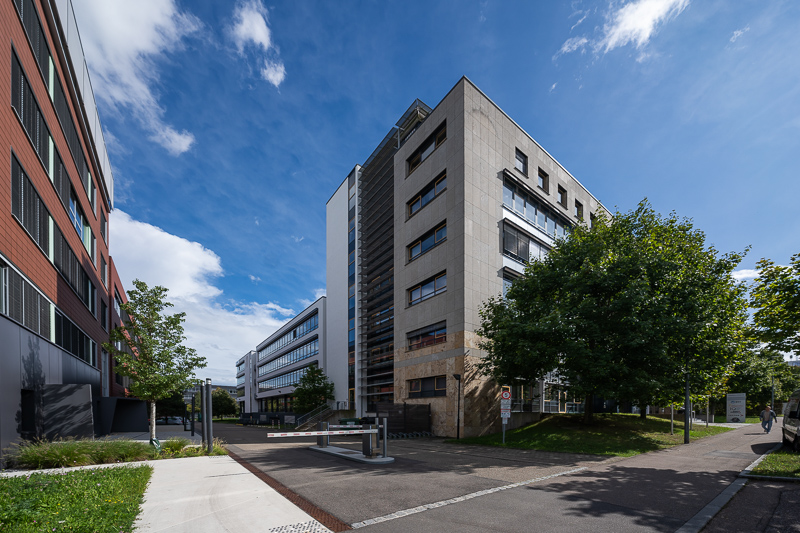


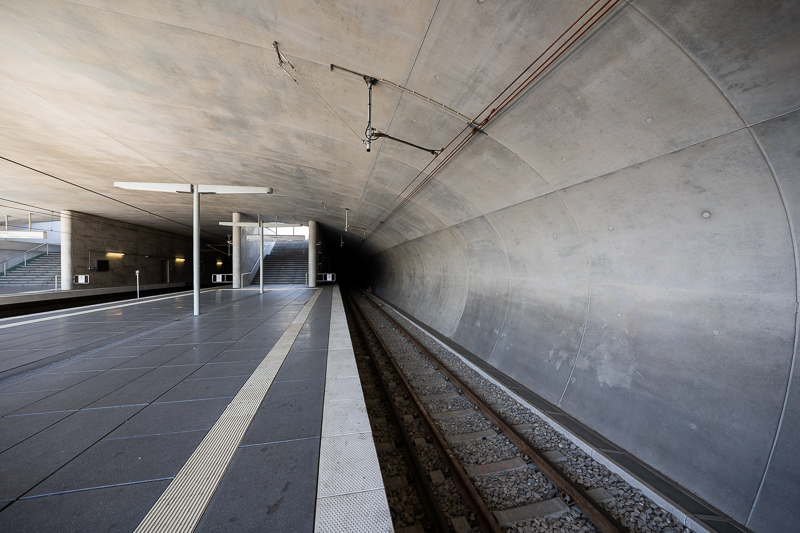
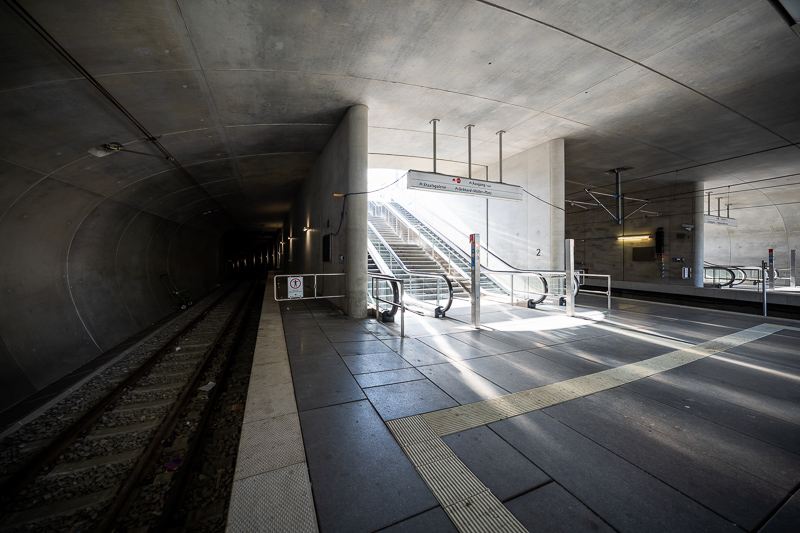
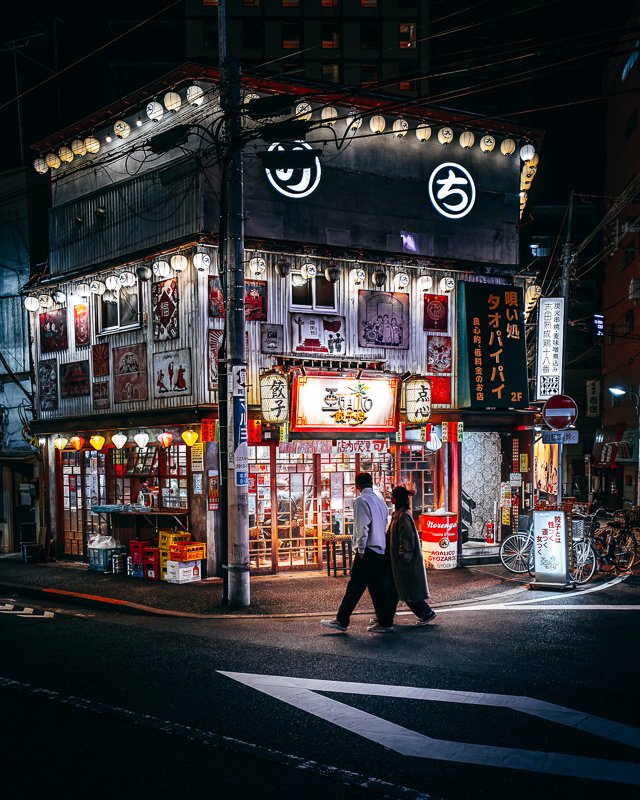
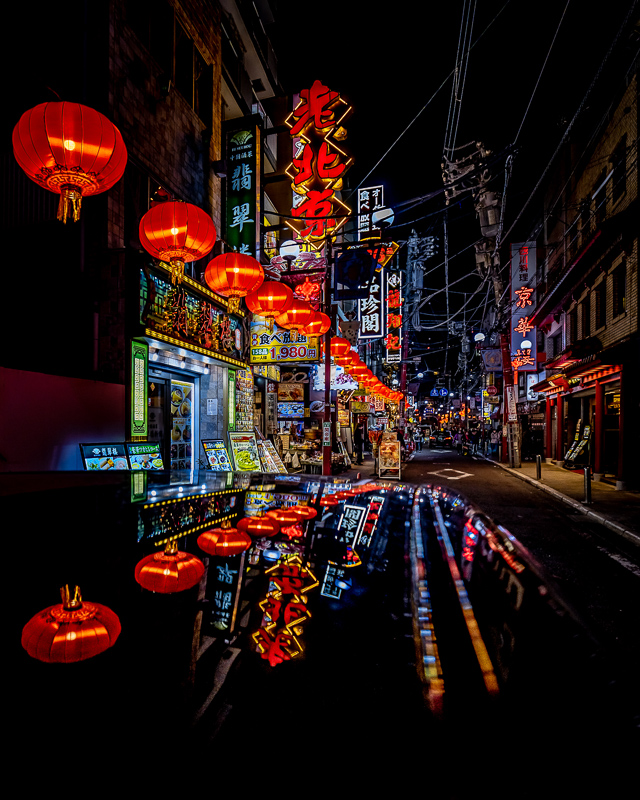
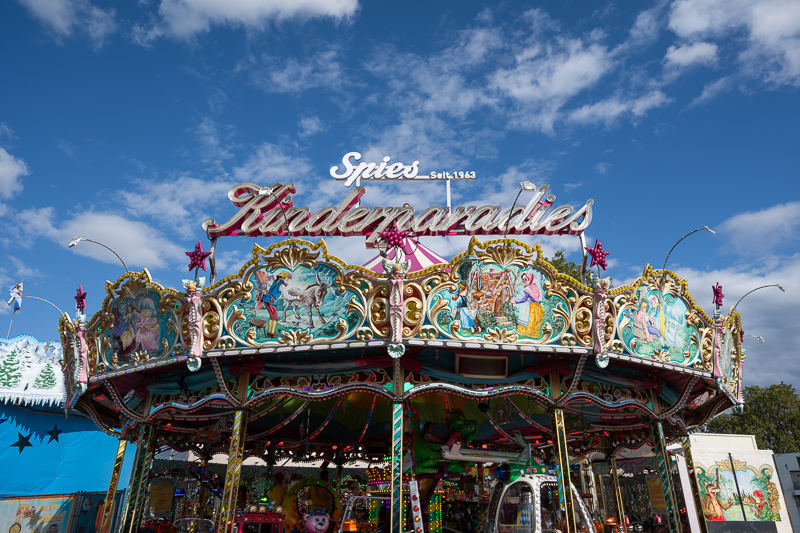

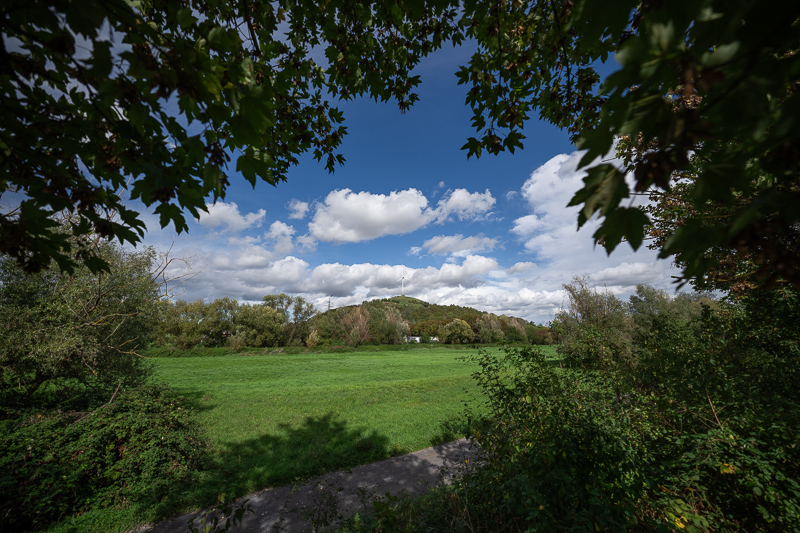
Many of the sample images in this review can be found in full resolution here.
Further Reading
- Sony FE lenses: Our comprehensive and independent guide
- Lens aberrations explained
- Technical Knowledge
- Review: Laowa 9mm 5.6
- Review: Sigma 35mm 1.2 Art DG DN
Support Us
Did you find this article useful or just liked reading it? Treat us to a coffee!
![]()
![]()
![]() via Paypal
via Paypal
This site contains affiliate links. If you make a purchase using any of the links marked as affiliate links, I may receive a small commission at no additional cost to you. This helps support the creation of future content.
Latest posts by BastianK (see all)
- Review: Thypoch 21mm 1.4 Simera - July 12, 2025
- Review: SLRmagic 50mm 0.95 Hyperprime LM - July 5, 2025
- Full Resolution Pictures getting fixed - July 4, 2025






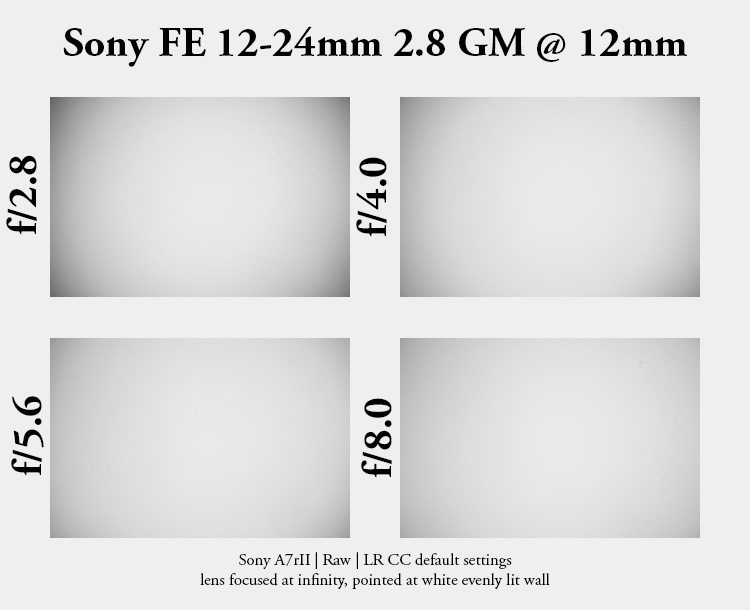
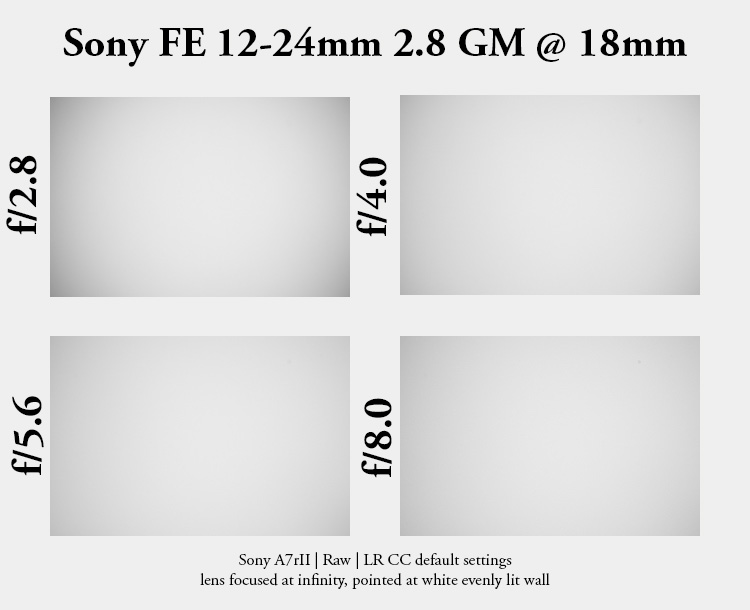

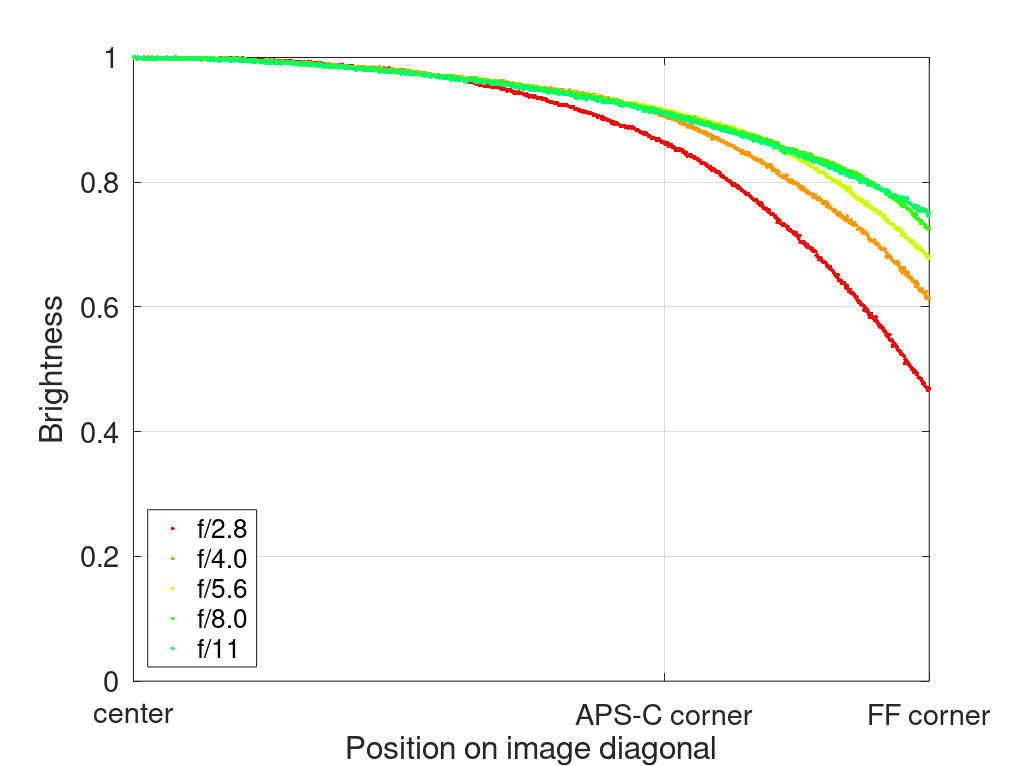

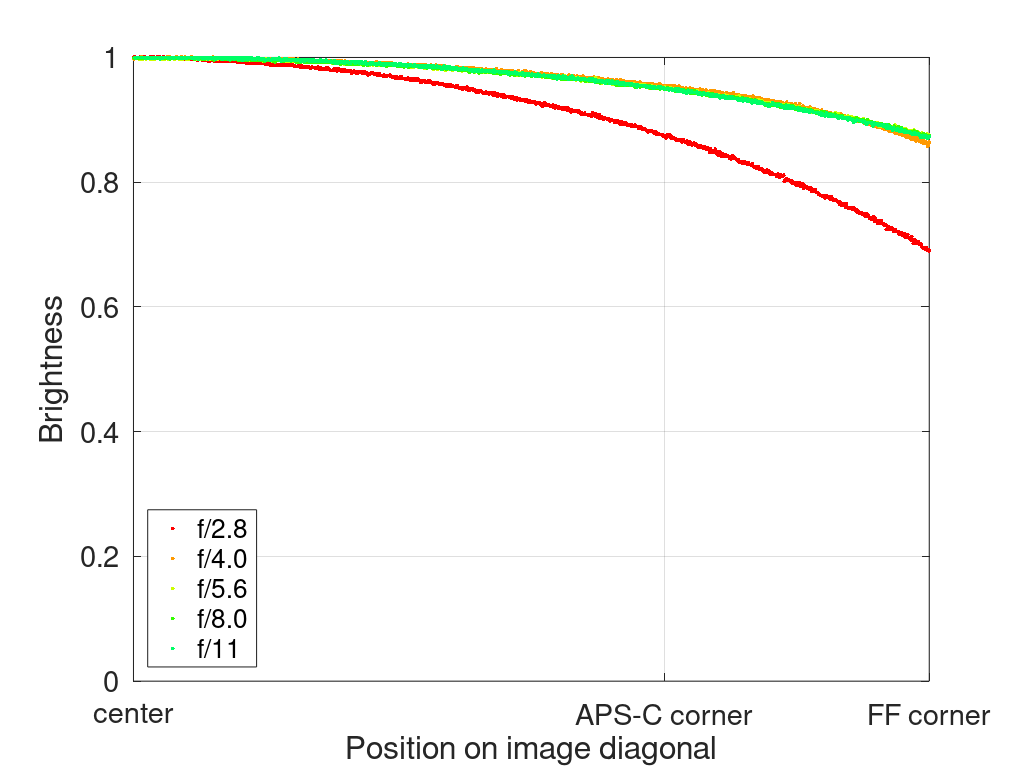


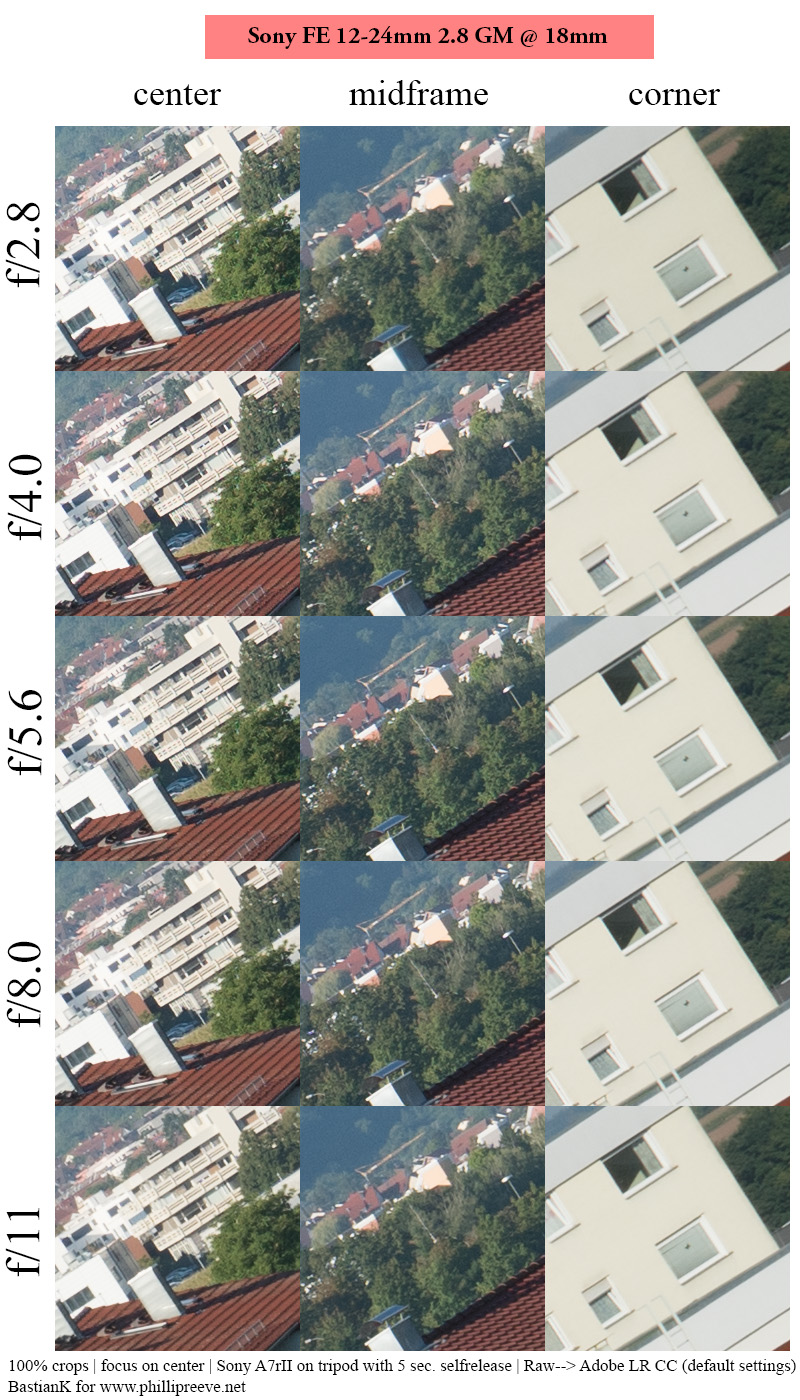






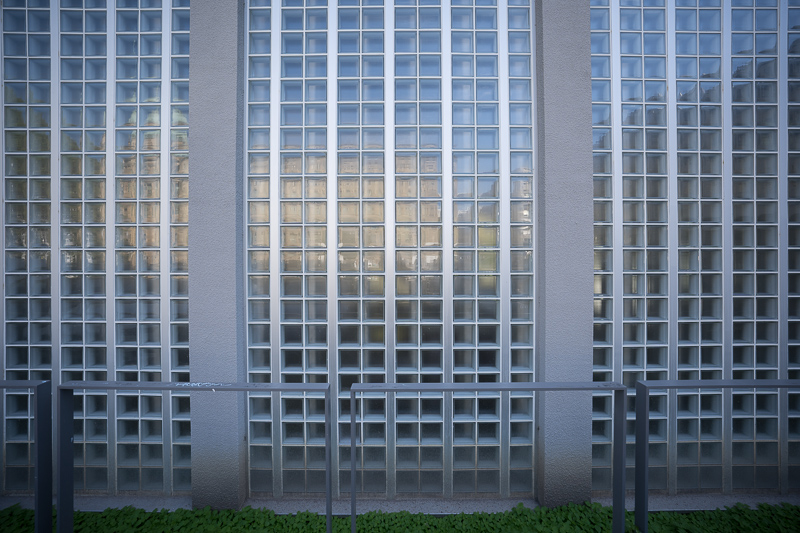
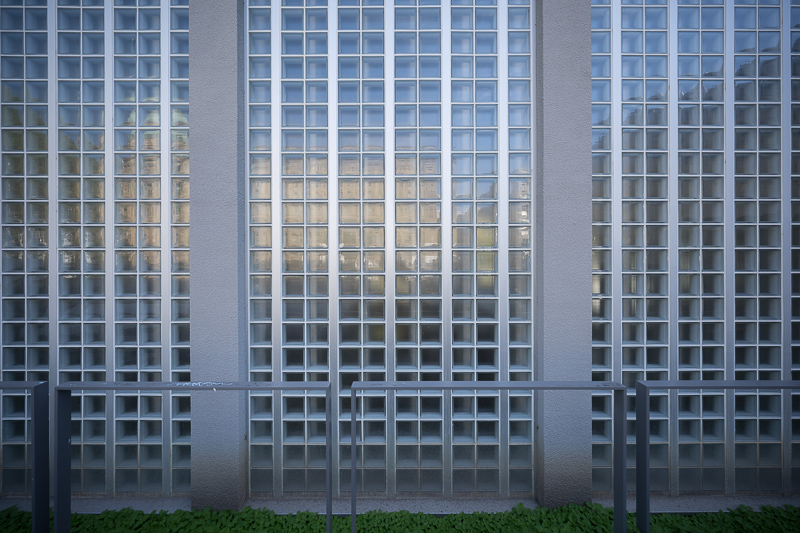

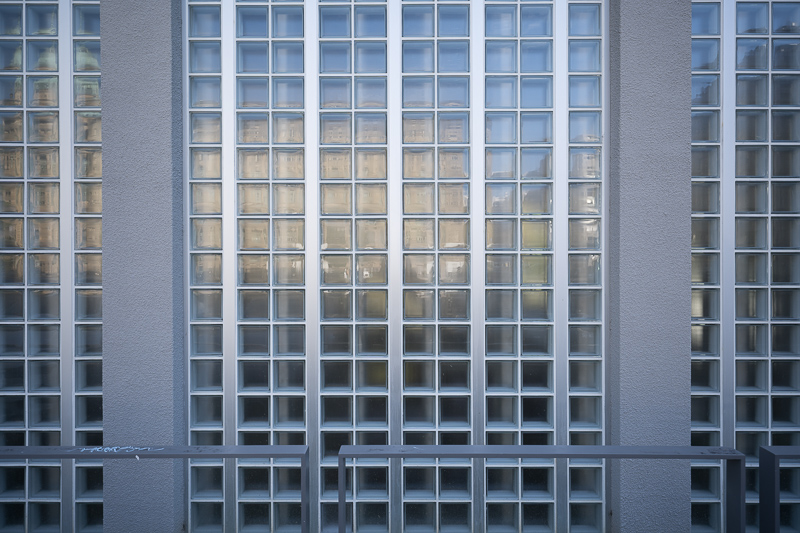
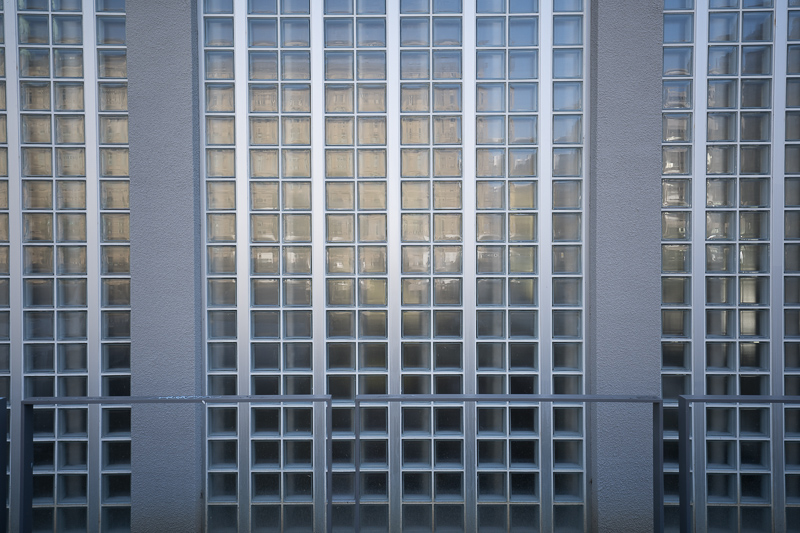
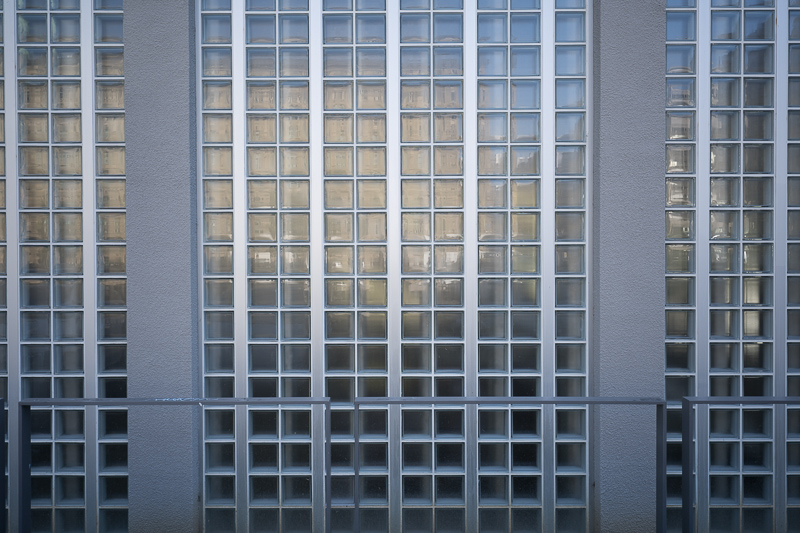
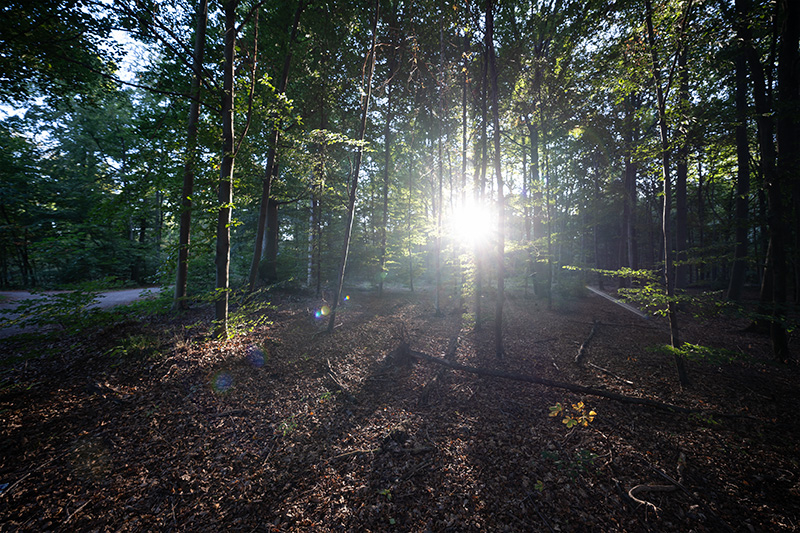
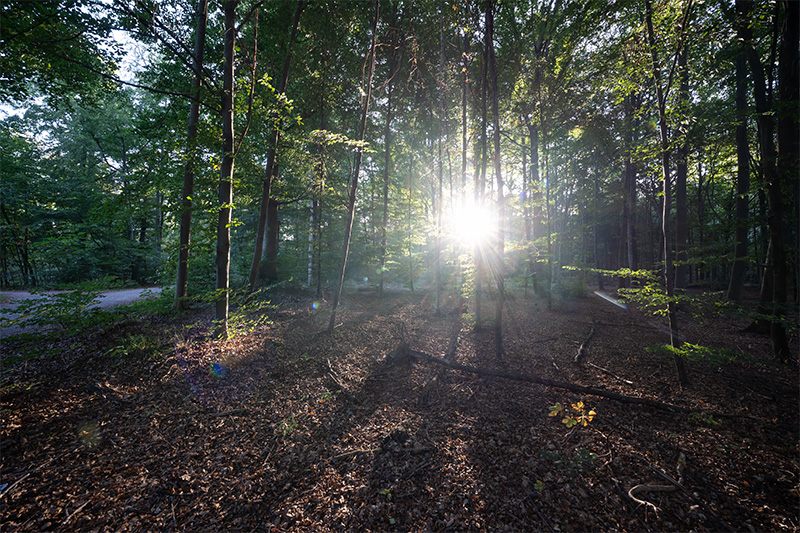

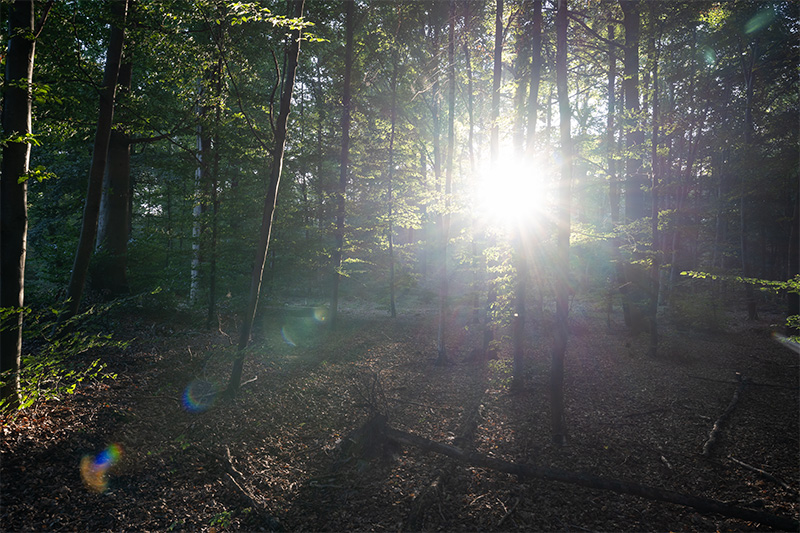
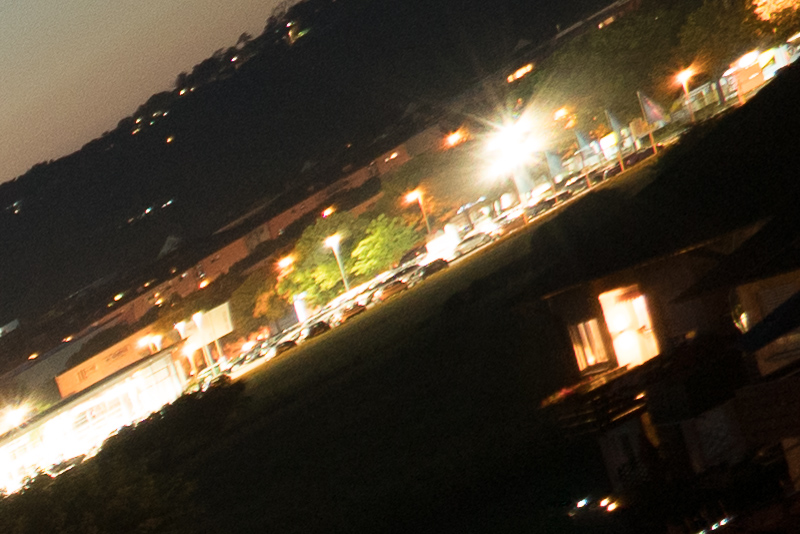
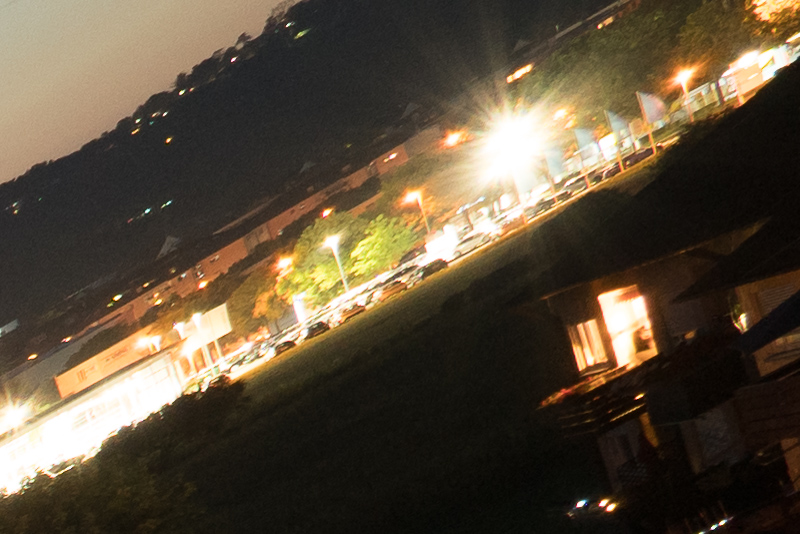
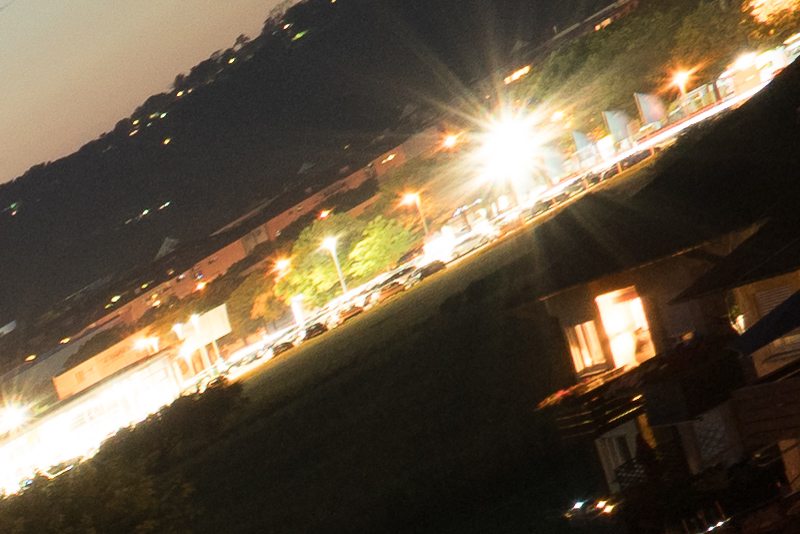
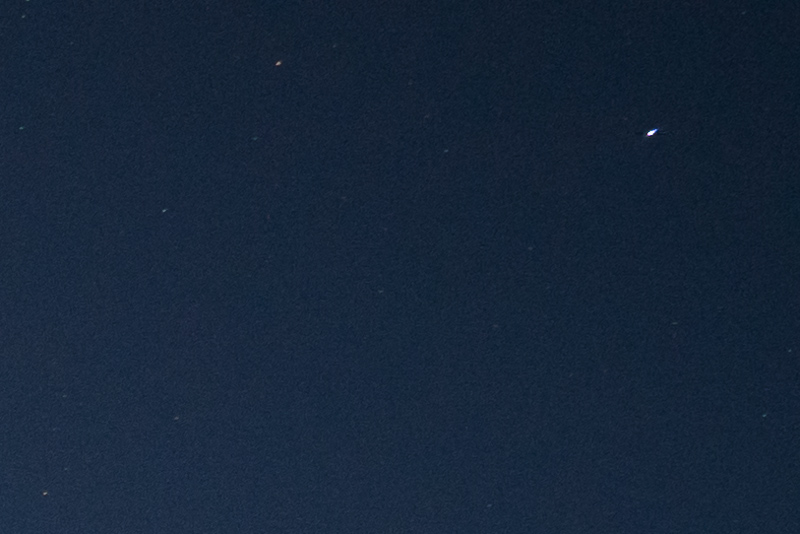
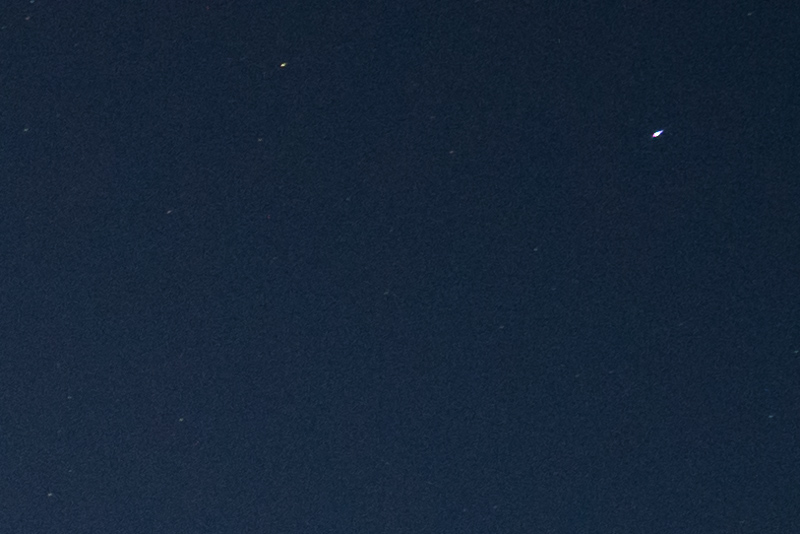
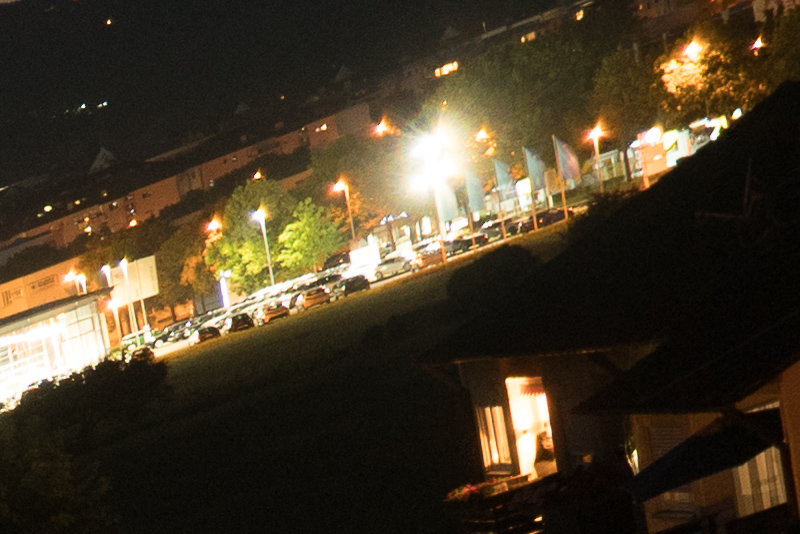
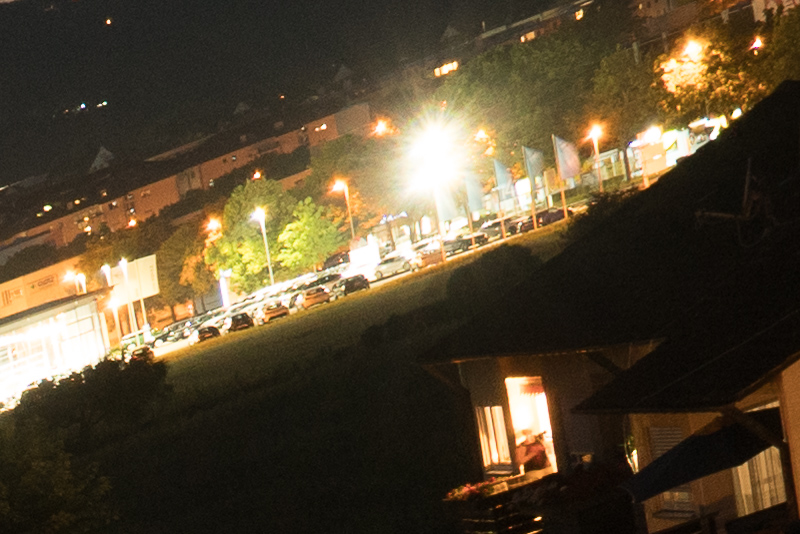
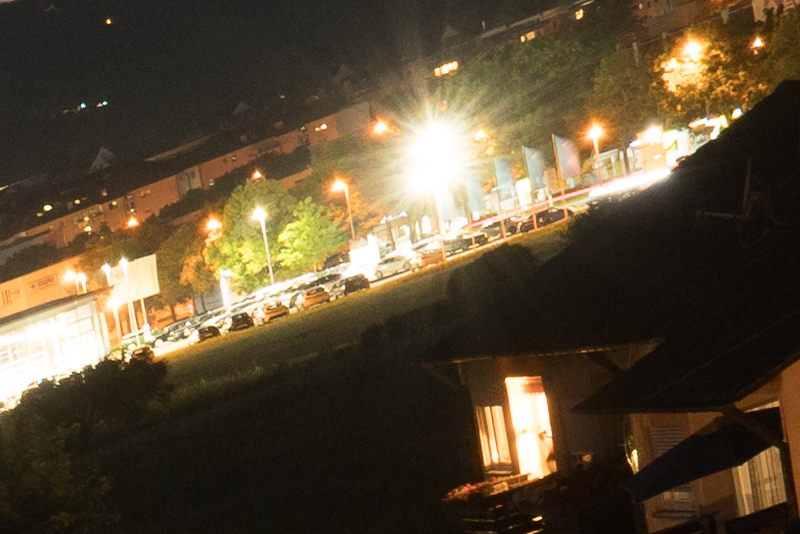
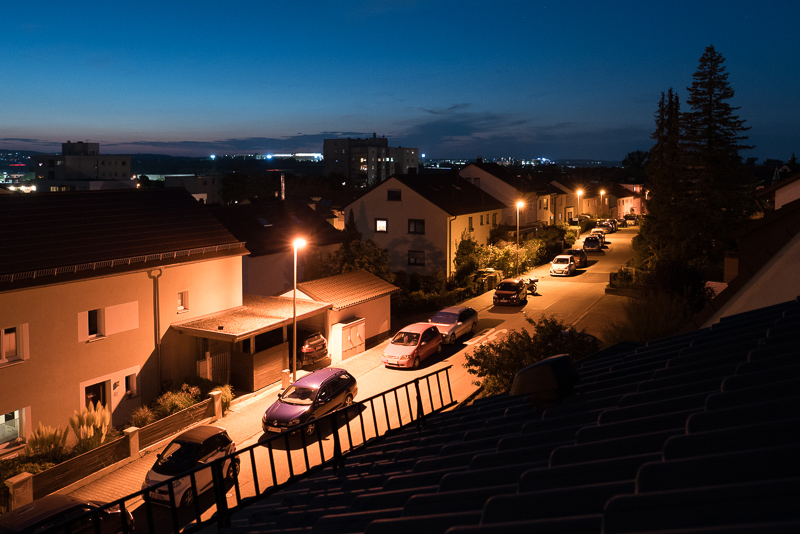

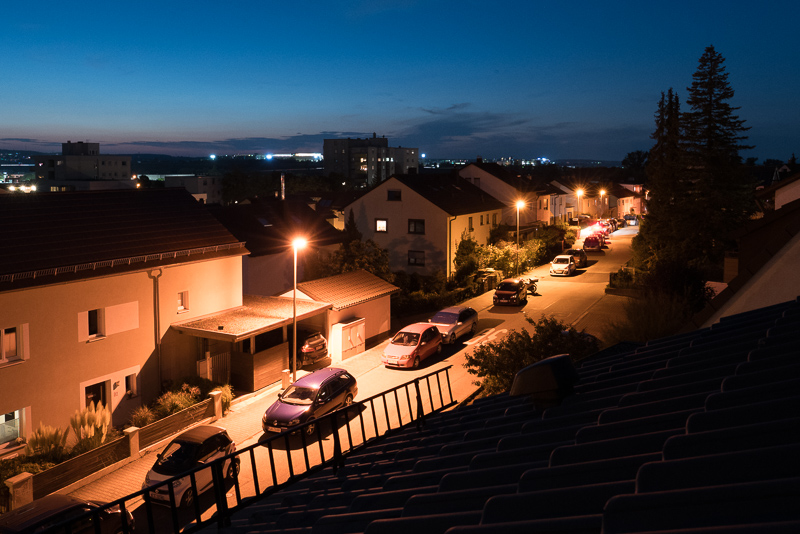
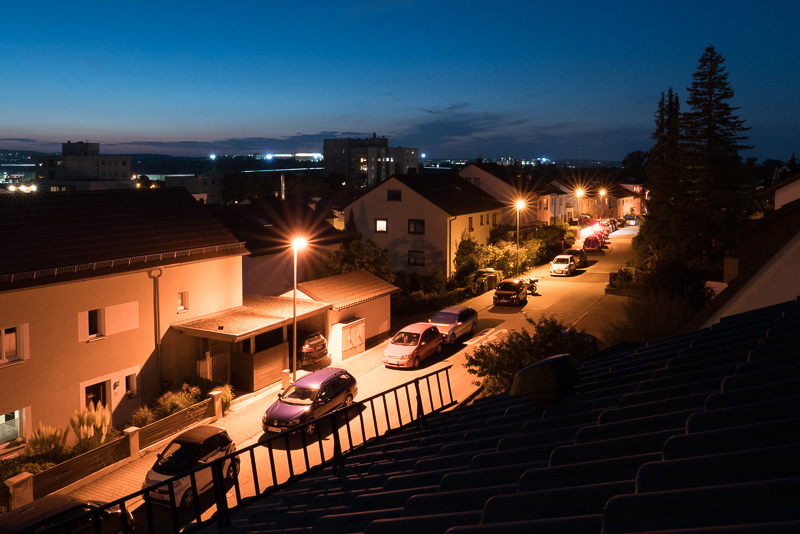
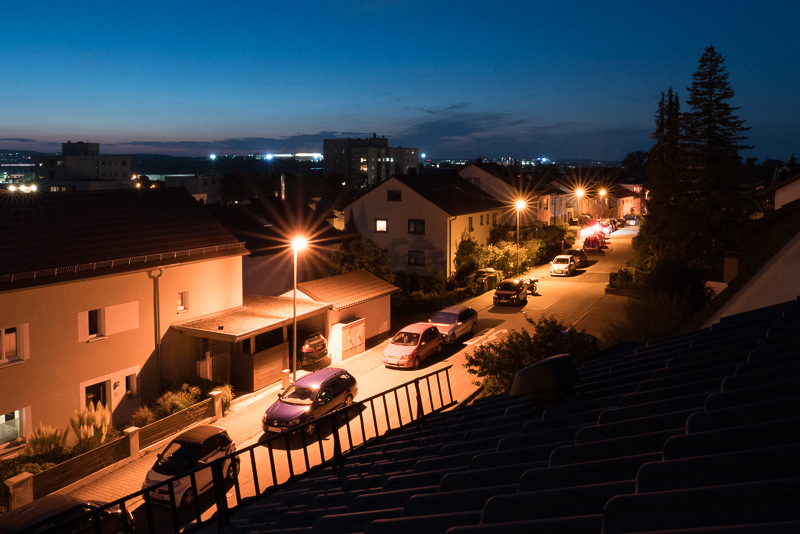
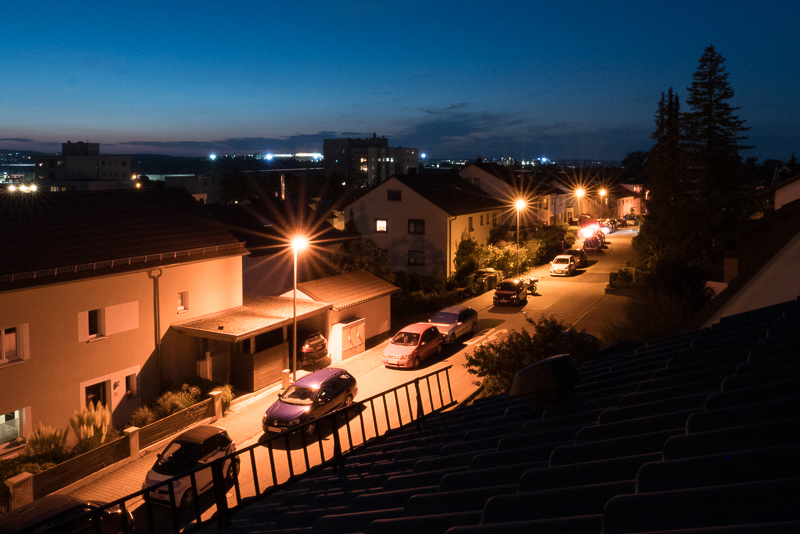

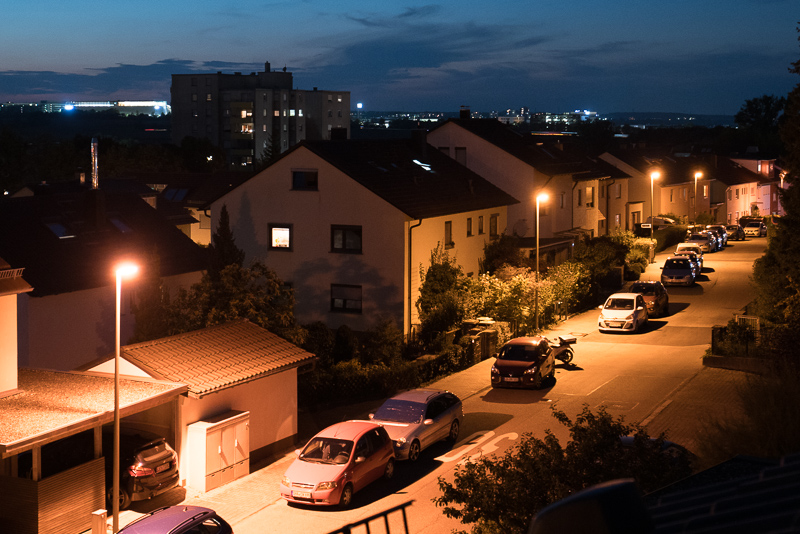

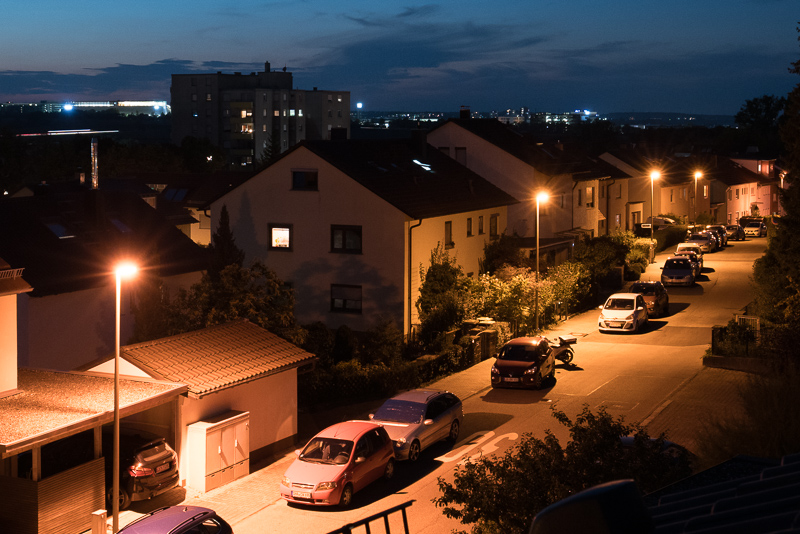
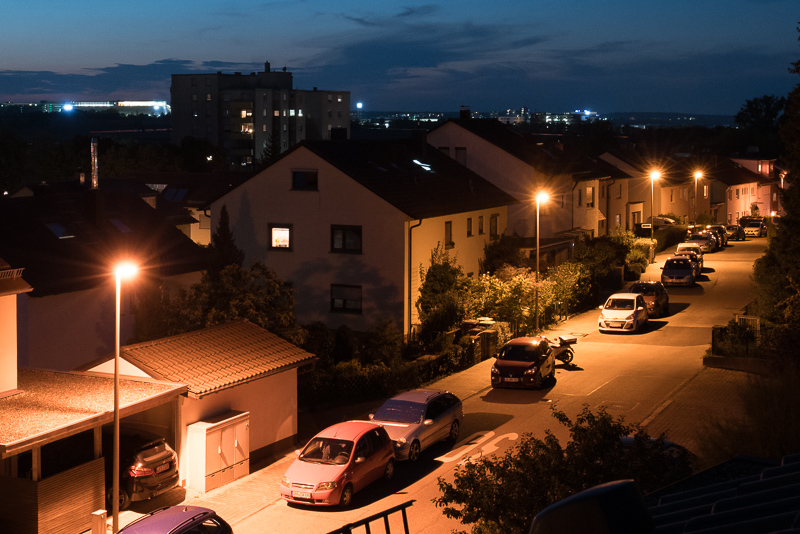
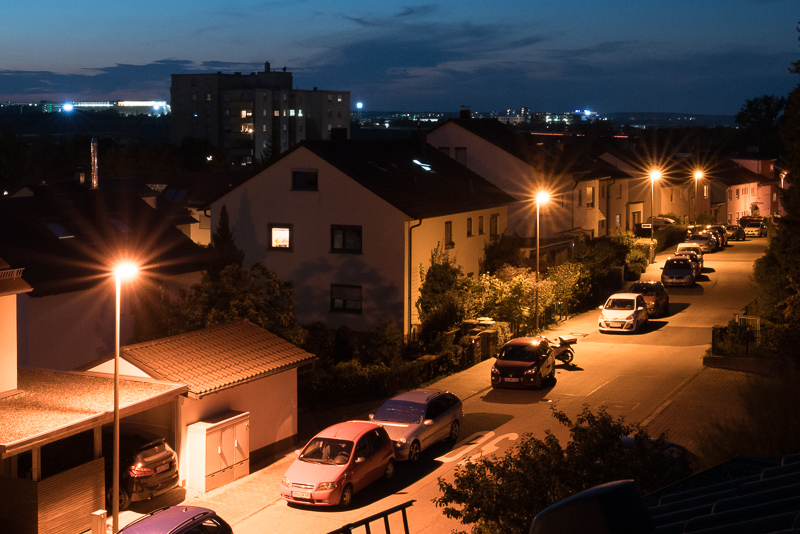
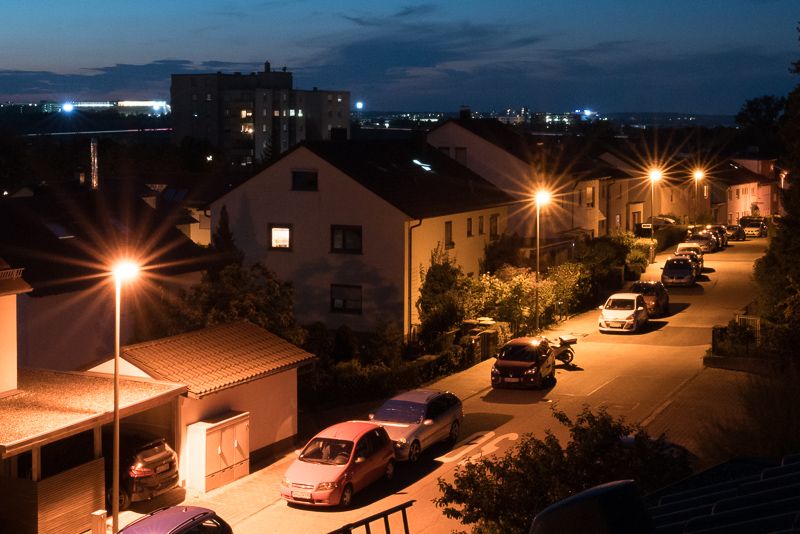
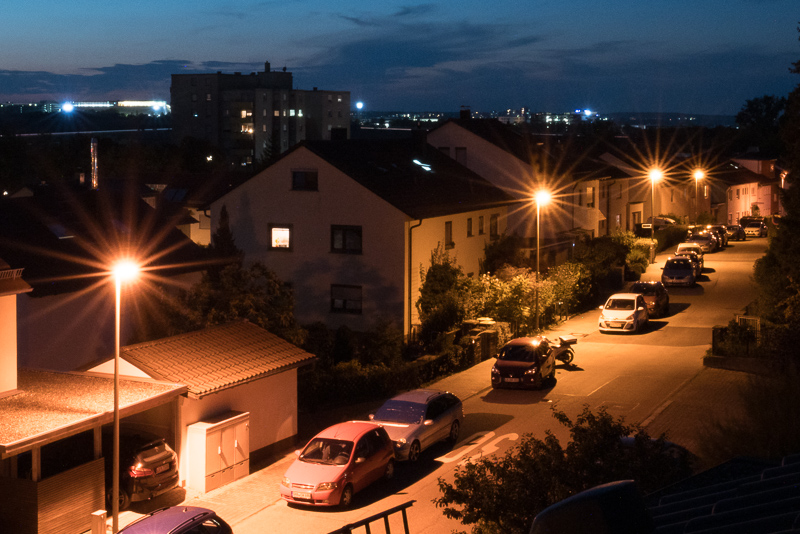
Very neat lens! A workhorse for sure. One I’d probably own if I had a real estate photography business or if I were a professional landscape photographer. A bit much for my usual purposes as a hobbyist tho! I’m kind of curious about what you would come up with if you used this lens long term. For the sake of capturing beautiful images, do you prefer the flexibility this lens over your ultra wide prime lenses?
For me personally it is simply too bulky. I have been using the Nikon AF-S 14-24mm 2.8G a decade ago and I don’t want to go back there again.
Best wide angle zoom lens i ever use.
Fantastic review! I wouldn’t spend money on it personally and I feel like the Sigma would make more sense for most people, but if you’re a pro and the lens earns you your living the Sony is exemplary. I especially love the bokeh.
Great samples as well from Lars Hengstler!
Thank you for the review, but it is really a monster. I went for the F4 one (at a discount), it is good for travelling combined with Tamron 28-200. But I found it too slow for low-light concert pictures so I get the Sigma 14-24 too. It is great, except of the typical Sigma reverse zoom ring. I think the new Sigma 14/F1.4 can be an alternative too, especially for the astrophotography.
I find the very wide 12mm setting gives a true feeling of the sky in images, it is expansive as seen in your first image of further samples. When I shot a good sunrise, it is a wow image with the sky dominating as the colors, shadows and highlights all contribute to the feeling of depth. It results in a more 3 dimensional and feeling of being in the image rather than seeing it through a window. I don’t know that this lens is special in that regard but it is special that Sony has pushed the boundaries and made a lens that is world class.
Thanks for this outstanding review, Bastian!
This lens is perfect for capturing cities on those night missions. Yeah, it’s 170 grams heavier than the 16-35 GM II but the extra reach you get on the wide end is worth every gram.
This lens is glued to my camera at night. And as some youtuber mentioned when it was launched a while back, for its specific use case, and if money is no object, this is the best lens you can get. I wholeheartedly agree.
Me too. And thanks again for giving me the opportunity to review this lens!
It‘s 200 grams heavier than the Sony 16-35gm II
I do not mind the weight, but wish the lens hood was a bit smaller and more like the one for the Sigma 14-24mm
300 grams even! 847g vs 547g
Maths was never my forte.
What a great review… again! Thank you.
It is by far the best wide angle lens I own and know about. It is so incredibly sharp and flare resistant that I still keep on wondering.
My Voigtländer 15mm, Firin 20mm and sometimes even the 24mm GM mostly stay home.
But it gives you indeed a hard time with even the smallest dust particles on the front lens showing up when bright light sources are ahead.
And the filter at the rear end do create unsharp corners and ghost double edges when the sun is not directly in the center. These budget filter become more and more an emergency tool for undemanding light situations.
And yes, the lens is heavy. But it creates day after day magic.